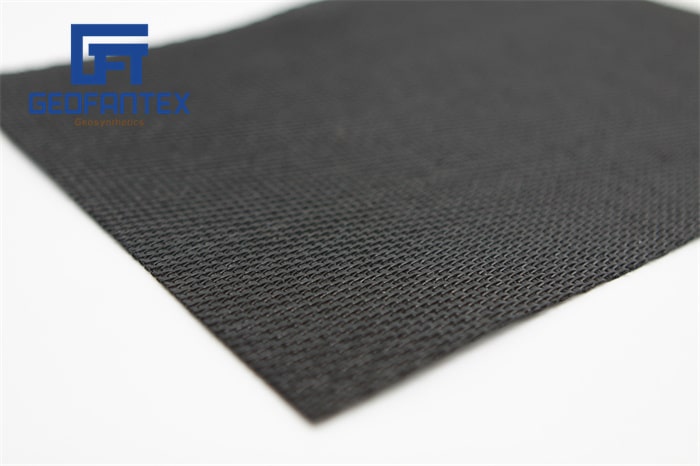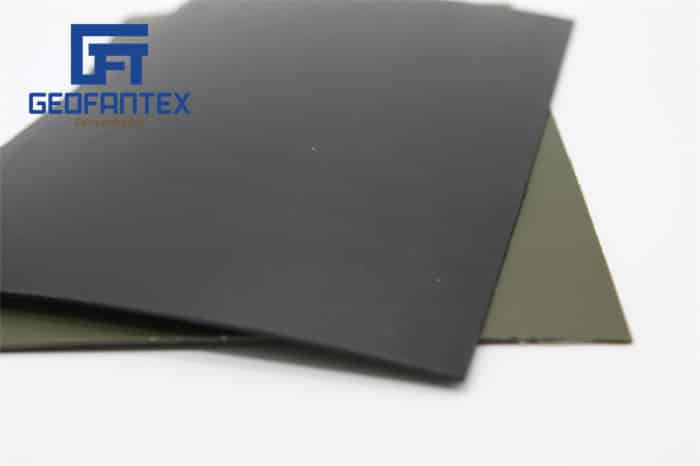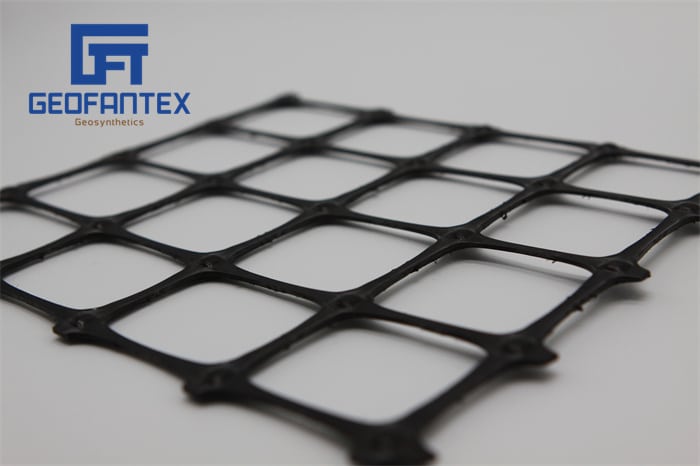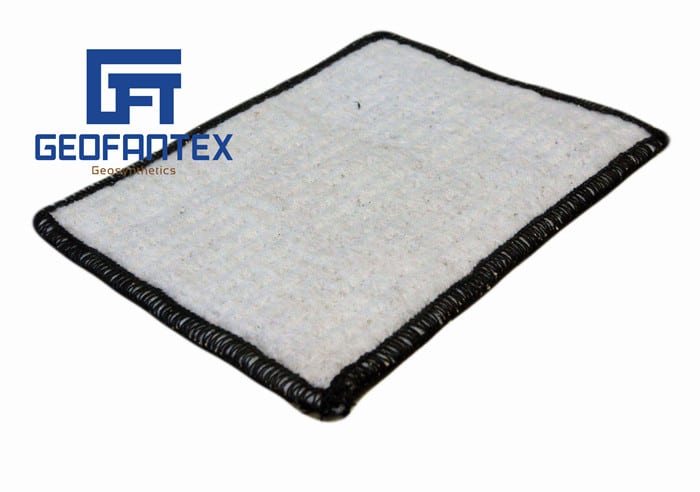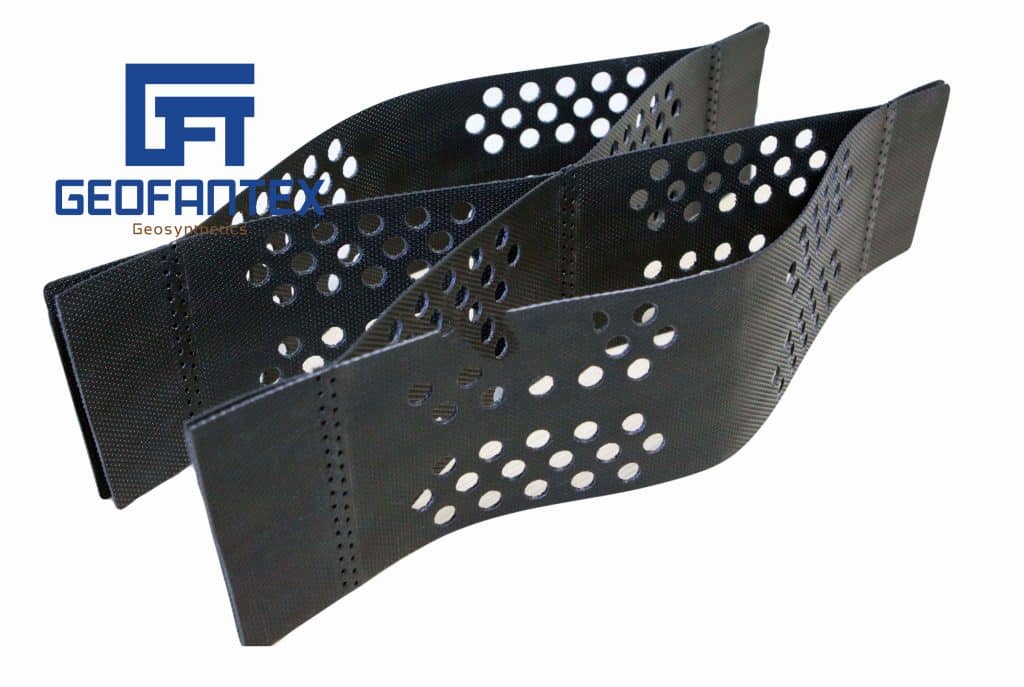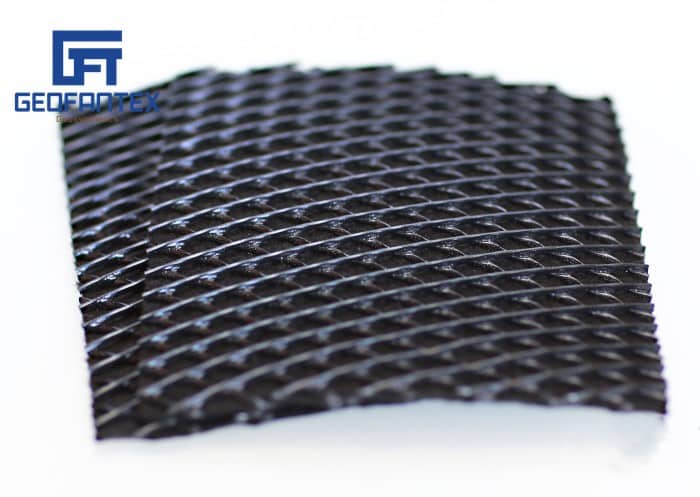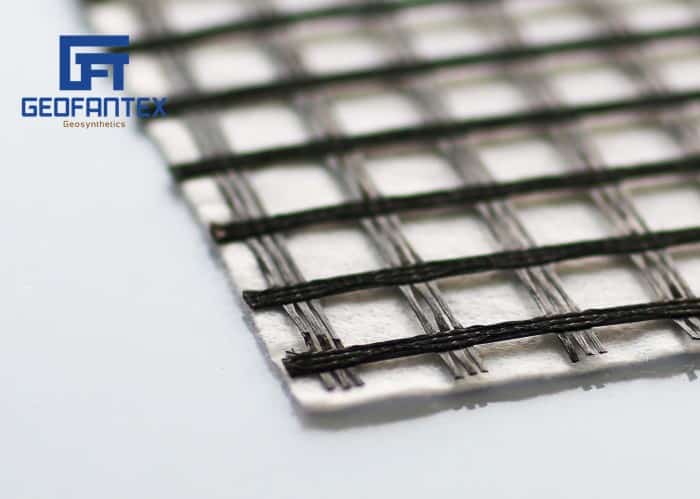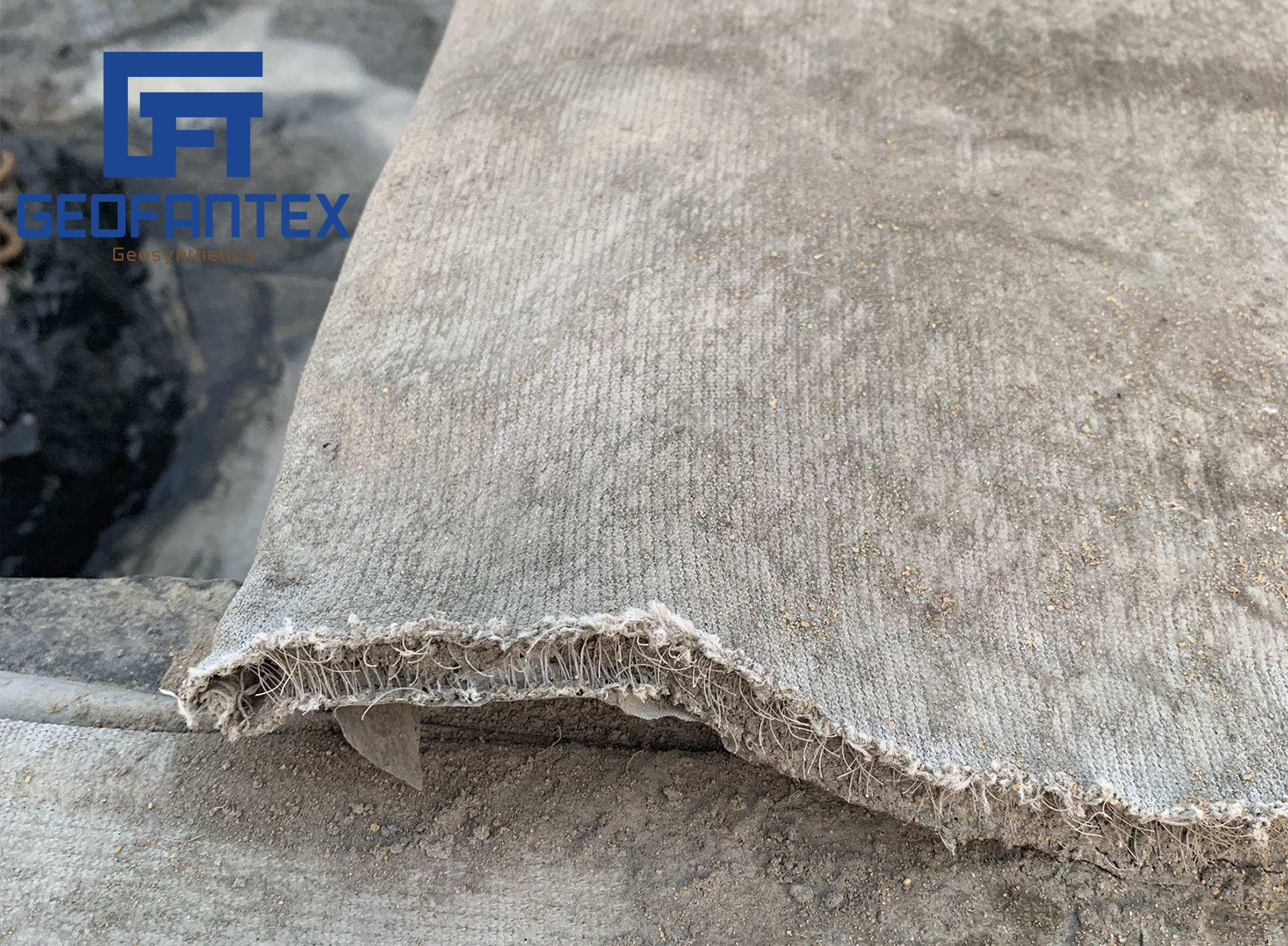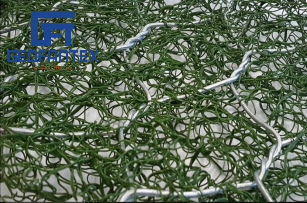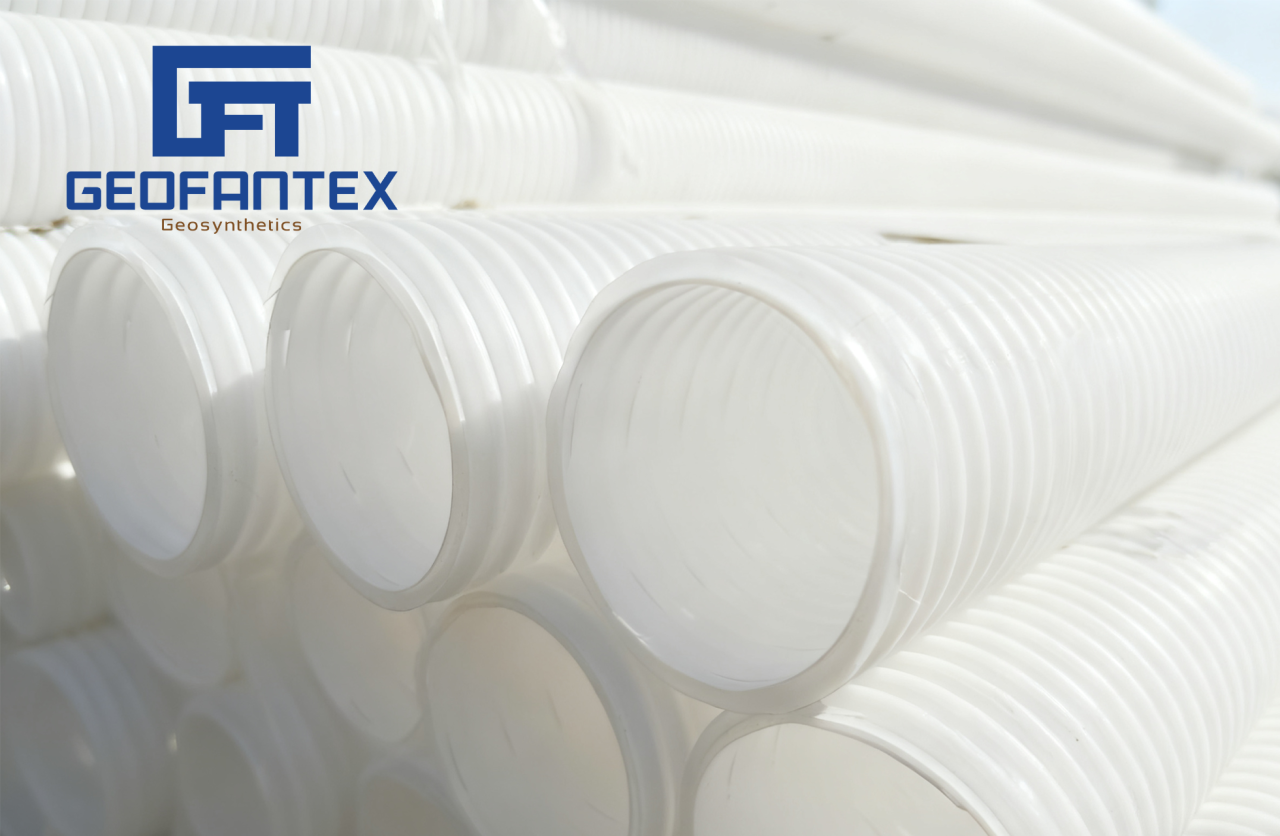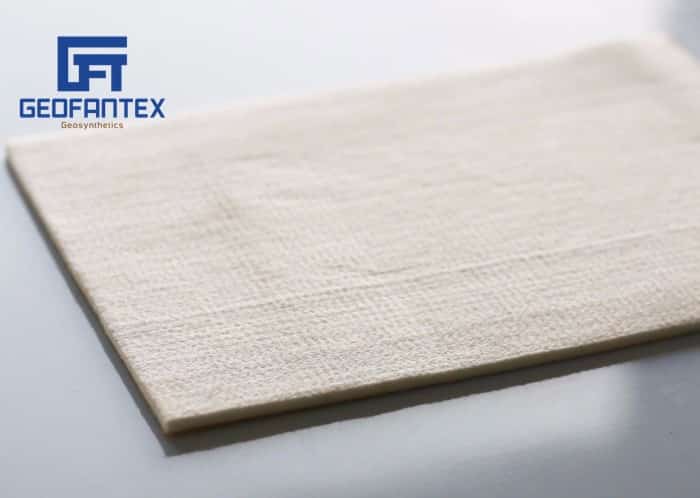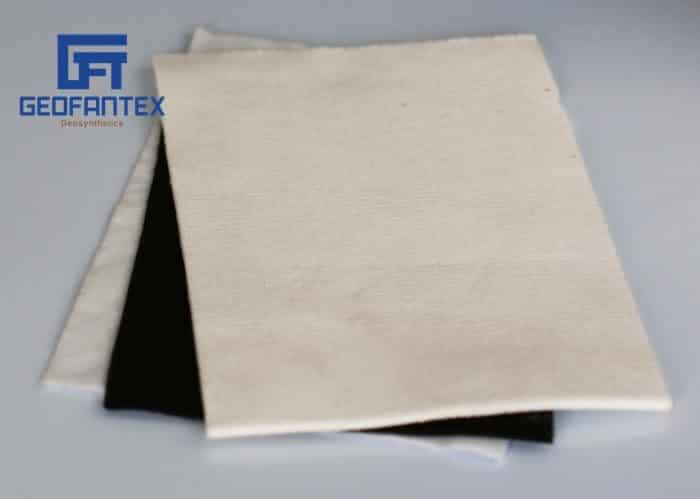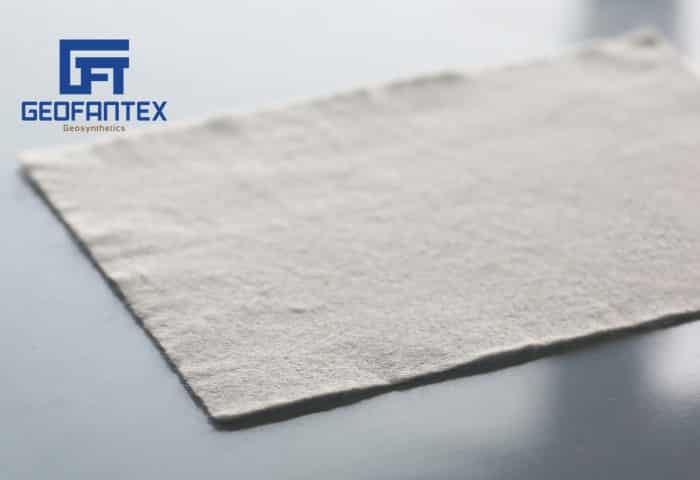+86-159 9860 6917
info@geofantex.com
geofantex@gmail.com
+86-400-8266163-44899
Geosynthetics are materials that are used in a variety of engineering applications, and what is geotextile fabric is one of the most commonly used types. But what exactly is geotextile fabric, and how is it utilized in the geosynthetics industry? This article provides a deeper look into geotextile fabric and its significance in civil engineering, construction, and environmental projects.
What is geotextile fabric?
Geotextile fabric is a permeable material made from synthetic fibers like polypropylene or polyester, widely used in civil engineering and construction. Its main functions include:
- Separation – prevents different soil layers (such as gravel and soft soil) from mixing, enhancing stability
- Filtration – allows water to pass through while blocking soil particles, preventing clogging
- Drainage – channels water within the fabric plane, reducing water accumulation
- Reinforcement – increases the tensile strength of soil, improving its load-bearing capacity
Protection – provides cushioning for other geosynthetic materials or structures, preventing damage. It is commonly used in road construction, drainage systems, retaining walls, slope protection, landscaping, and hydraulic projects. Geotextiles are typically categorized as woven (for reinforcement) and non-woven (for filtration and drainage).
How is geotextile fabric used in construction?
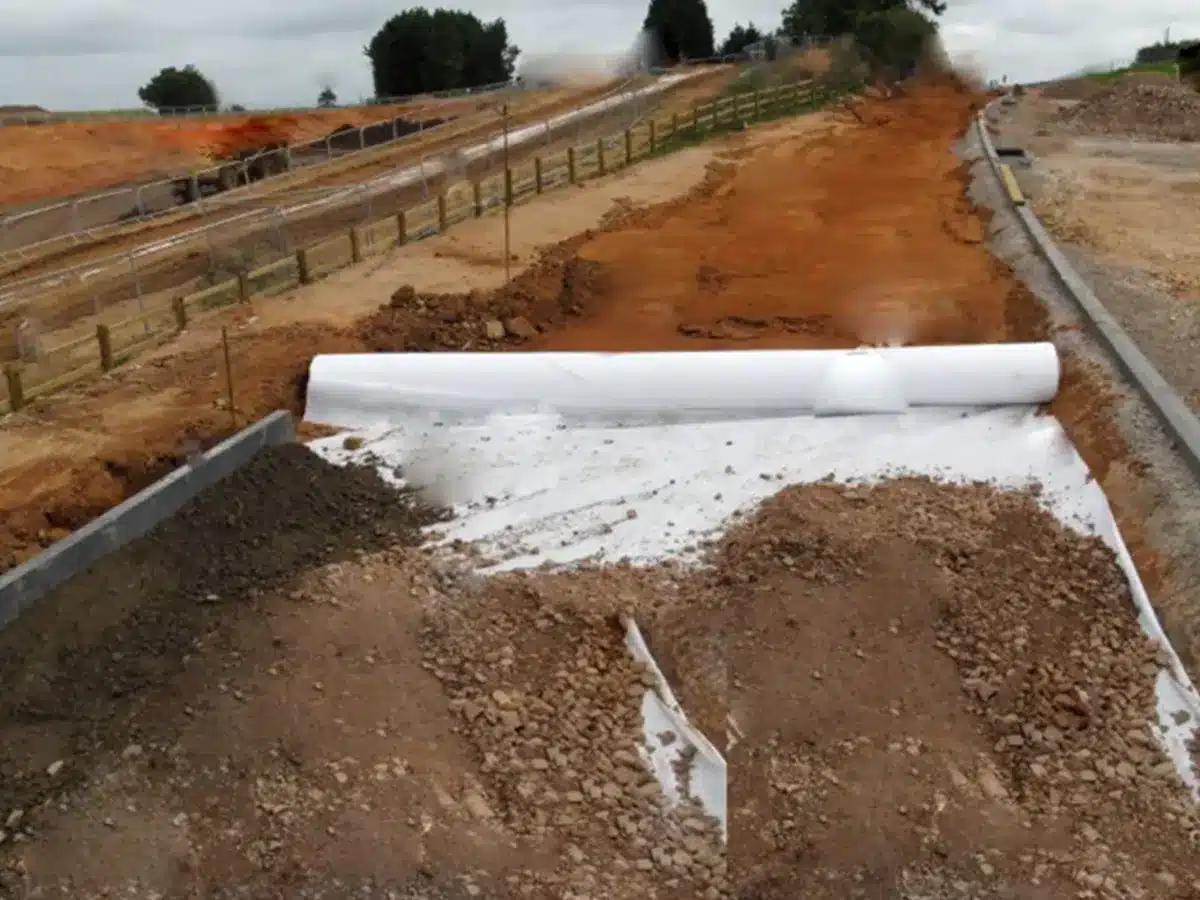
Geotextile fabric is commonly used in construction for several key functions:
- Separation: It prevents different soil layers from mixing, which helps maintain the integrity of structures like roads and railways.
- Reinforcement: By adding tensile strength to the soil, it supports the construction of embankments, retaining walls, and roads on weak ground.
- Filtration: The fabric allows water to pass while retaining soil particles, which is essential for maintaining the function of drainage systems.
- Drainage: It helps channel water through the soil, commonly used in French drains and behind retaining walls to reduce water buildup.
- Protection: Geotextiles shield geomembranes in systems like landfills from puncture and stress, extending their service life.
- Erosion control: Used on slopes, riverbanks, and coastlines, geotextiles help stabilize the soil and reduce erosion caused by water or wind.
These properties make geotextile fabric a vital material in construction projects that require soil stabilization, drainage, or erosion control.
What are the different types of geotextile fabric?
Here are the main types of geotextile fabric, each with specific properties and uses:
- Woven geotextiles are made by weaving synthetic fibers together, offering high tensile strength and low elongation. They are ideal for soil stabilization, road construction, and reinforcement applications.
- Non-woven geotextiles are produced by bonding fibers through needle punching, heat, or chemical processes. They are known for their high permeability and are commonly used for filtration, drainage, separation, and erosion control.
- Knitted geotextiles are created by interlocking loops of yarn, making them more flexible and lightweight. While less common, they are used in specialized applications where flexibility is essential.
- Composite geotextiles combine woven and non-woven fabrics or integrate other geosynthetics to provide enhanced performance. These are often used in drainage systems, landfill liners, and areas requiring both separation and filtration functions.

What are the environmental benefits of using geotextile fabric?
Using geotextile fabric provides several key environmental benefits, especially in construction, landscaping, and erosion control applications:
- Erosion Control: Geotextiles stabilize soil on slopes, riverbanks, and shorelines, reducing erosion caused by wind, rain, and water flow. This protects natural habitats and prevents sedimentation in nearby water bodies.
- Reduced Soil Degradation: By separating different soil layers and preventing mixing, geotextiles maintain soil structure and fertility, which is especially important in agricultural or ecologically sensitive areas.
- Water Conservation and Drainage Improvement: Geotextiles improve drainage by allowing water to pass through while blocking soil particles. This minimizes surface runoff and promotes groundwater recharge, supporting sustainable water management.
- Minimized Use of Aggregates: In road and railway construction, geotextiles improve load distribution and reduce the need for large quantities of gravel or sand, lowering the environmental footprint of material extraction and transport.
- Enhanced Longevity of Infrastructure: By reinforcing and protecting infrastructure, geotextiles reduce the frequency of repairs and replacements, decreasing resource use and construction-related emissions over time.
- Support for Vegetation Growth: When used in landscaping, geotextiles can support plant growth by reducing weed competition and stabilizing soil, contributing to greener spaces and enhanced biodiversity.
Overall, geotextile fabric promotes sustainable development by protecting soil and water resources, reducing material consumption, and improving the durability of infrastructure.
In conclusion, what is geotextile fabric plays a crucial role in various engineering and construction applications. It enhances the performance of infrastructure projects, offers sustainability benefits, and continues to be a key material in the growing geosynthetics market.
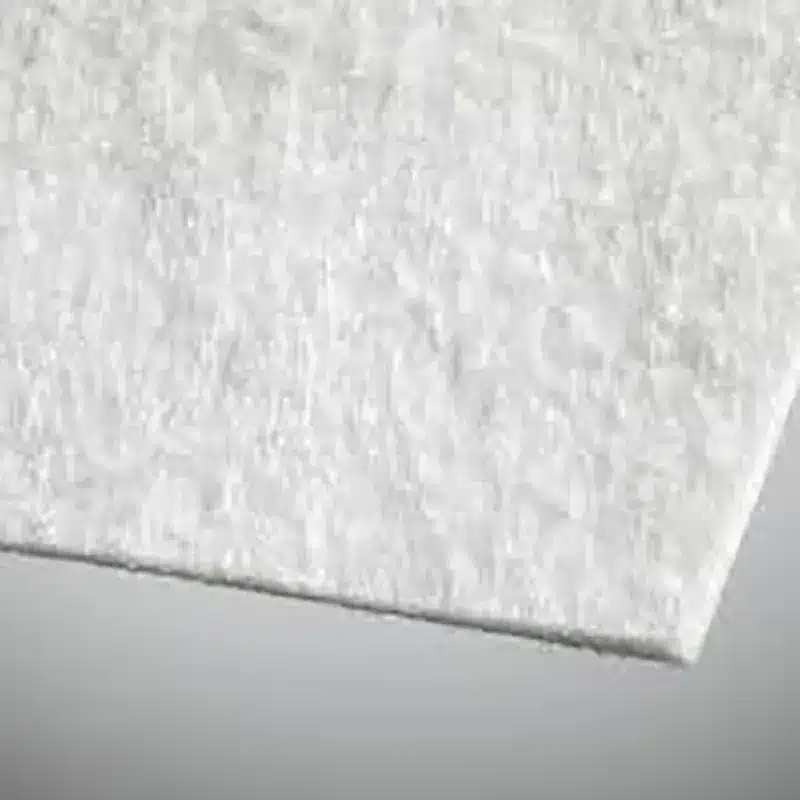
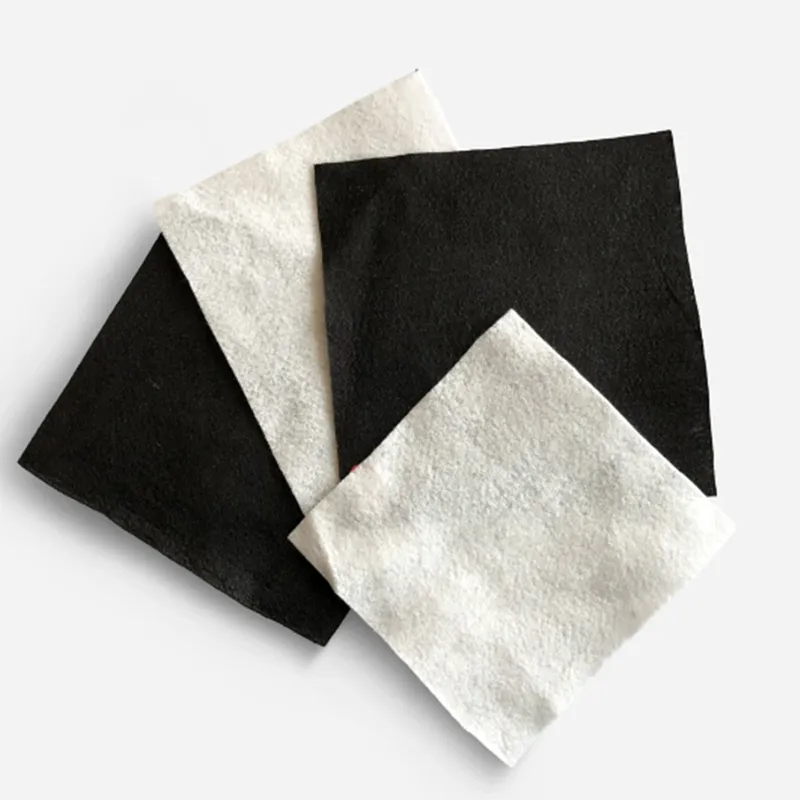

Get Free Sample
We’ll respond as soon as possible(within 12 hours)


